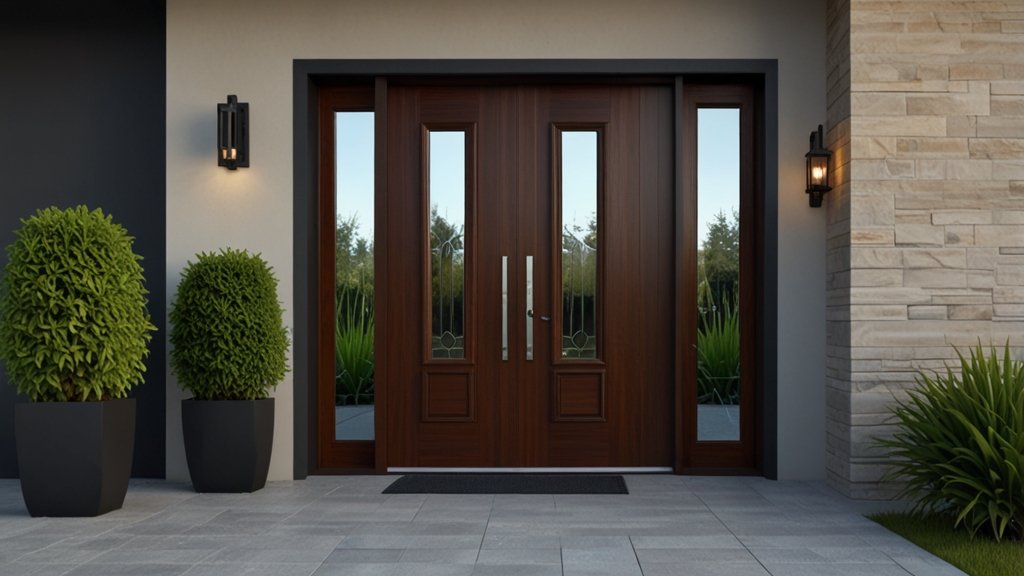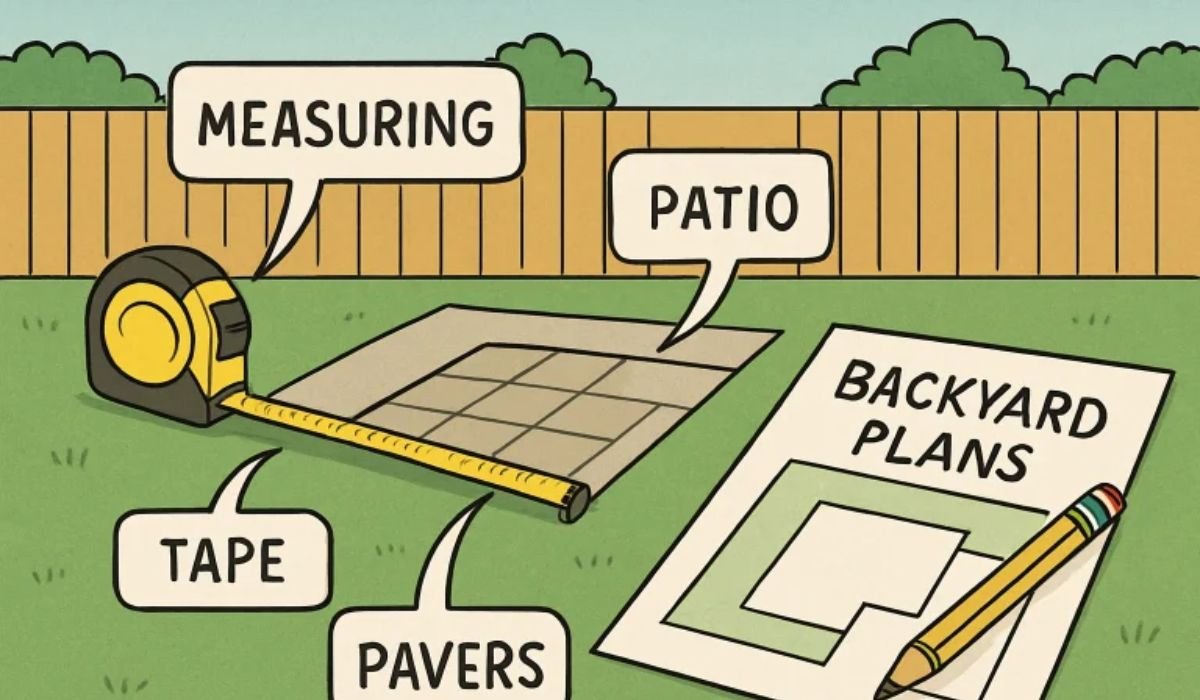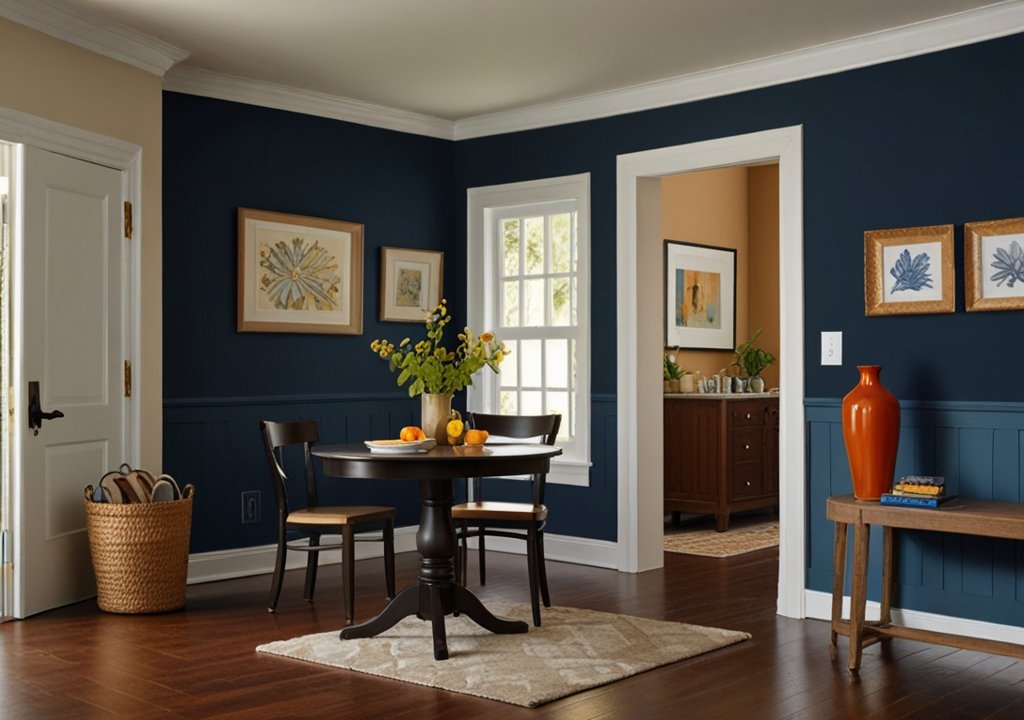Key Takeaways
- Modern doors balance visual appeal with advanced functionality, offering improved comfort and protection.
- Smart door technologies are increasingly accessible, making homes safer and daily routines more convenient.
- The choice of doors and materials profoundly impacts a home’s energy usage, maintenance needs, and durability.
- Well-informed purchasing and regular upkeep help homeowners maximize the benefits of their investment.
Table of Contents
- Modern Trends in Door Design
- Best Materials for Modern Doors
- Doors and Energy Efficiency
- Integrating Security Features into Doors
- The Rise of Smart Door Technology
- Tips for Choosing and Maintaining Doors
- Future Directions in Door Manufacturing
- FAQs about Modern Doors
Modern Trends in Door Design
Today’s homeowners understand that a door is far more than a simple entryway—it’s a powerful statement about style and function. Across neighborhoods nationwide, trends point to clean lines and minimalist aesthetics, showcasing doors with wide panes of glass and slim, contemporary frames that increase natural light and visual openness. Vivid and unconventional color choices, such as deep blues or matte black, are gaining popularity to boost curb appeal and express individuality. Selecting the right door often involves balancing these trendy elements with everyday, practical needs. Many people rely on professional guidance from an experienced door installer, who can help sort through countless materials, designs, and safety options to identify doors that stand out and stand up to wear and climate. Front doors are no longer simply functional; they elevate architecture and set the tone for the entire home. The growing interest in sustainability is inspiring choices like responsibly sourced woods and glass made from recycled materials. Ultimately, the perfect door is one that unites modern trends with the unique personality and needs of the home and its residents.
Best Materials for Modern Doors
Material selection is central to both the durability and performance of any door. Wood remains a classic favorite, lending rich textures and timeless warmth to entryways. However, it demands regular refinishing to withstand seasonal weather and moisture fluctuations. Fiberglass alternatives are increasingly popular for their ability to mimic the character of wood without the same level of upkeep. These doors resist warping, swelling, and rot, making them excellent for climates with harsh winters or humid summers.
- Wood: Highly customizable with endless design options, but more susceptible to expansion, contraction, and weathering if not correctly cared for.
- Steel: Known for superior security, sleek appearance, and affordability, they may show dents or scratches over time and can be prone to rust if the coating is damaged.
- Fiberglass: Widely praised for its balance of style, resilience, and insulation. These are lightweight, yet incredibly tough, and available in various finishes.
- Composite: Composite doors are manufactured by blending materials like wood fiber, plastic, and resin. They offer increased resistance to heat, cold, and insect infiltration and require little maintenance.
The best choice hinges on lifestyle, climate, and even local building codes. Busy families may prioritize impact-resistance and easy cleaning, while those living in storm-prone areas might favor steel or composite construction. Ultimately, investing in higher-quality materials typically means fewer repairs and replacements over time, increasing overall satisfaction.
Doors and Energy Efficiency
A well-made, properly installed door is essential for managing a home’s internal climate. Gaps, thin panels, or poor weatherproofing can all cause significant energy losses, forcing HVAC systems to work overtime and driving utility bills. The U.S. Department of Energy points out that insulated cores, reinforced weather stripping, and advanced glazing options are critical for energy savings.
- Seek doors certified for energy efficiency, such as those with ENERGY STAR ratings or foam-filled cores.
- Regularly inspect and replace worn weather stripping to block drafts and moisture.
- Opt for double- or triple-pane glass inserts to reduce thermal exchange if your climate demands it.
Case studies have shown that upgrading an old door to a new, insulated model can reduce a home’s overall energy loss by as much as 20%. It is particularly noticeable in older homes, where original doors may have air leaks, gaps, or outdated materials that no longer insulate effectively. The cumulative effects of these improvements are seen in lower monthly energy bills, a more comfortable interior, and increased resale value.
Integrating Security Features into Doors
Security concerns are at the forefront of door innovation, especially as break-in prevention and property protection become bigger worries for homeowners. New doors often come with reinforced steel frames, multi-point lock systems, and concealed hinges, making them much more difficult to breach than older counterparts. Smart technology can now be combined with traditional measures to bolster defense further—think motion sensors, tamper-resistant glass, and enhanced deadbolts. Certain insurance providers may reward these added investments, recognizing them as upgrades that meaningfully reduce risk. For the highest confidence level, choose doors that have undergone impact testing or carry safety certifications. These enhance not only peace of mind but also the day-to-day usability of the home’s entryways, without sacrificing aesthetics or ease of use.
Common Security Features to Consider
- Multi-point locking systems that engage the door at several points along the frame
- Security screens or grilles, which provide an additional barrier and are often custom-designed to fit specific styles
- Reinforced door jambs and hidden hinge pins to prevent forced entry
- Integration with smart locks, cameras, and real-time alert systems
The Rise of Smart Door Technology
The fusion of technology and design has reached the front door. Modern doors are frequently outfitted with convenient, smart features like keyless touchpads, fingerprint readers, and Wi-Fi video doorbells. Homeowners can now lock or unlock doors remotely, provide one-time access codes to guests or service providers, and receive instant notifications about activity or attempted entries—all from a smartphone or connected device. These advancements are not just futuristic novelties—they respond to real needs for flexibility and peace of mind. Keyless entry eliminates the worry of lost keys, while temporary digital codes make it simple to let in house cleaners, dog walkers, or deliveries without risking security. The marriage of traditional and modern locking systems also means that if one method fails, another remains available, ensuring enhanced safety and access control.
Tips for Choosing and Maintaining Doors
- Define the role of the door—main entrance, back entry, or interior passage—to guide style and material selection.
- Match insulation and weather-resistance to the demands of your local climate.
- Arrange professional installation to guarantee a proper fit and optimal performance from day one.
- Adopt a seasonal maintenance routine. Regularly check weatherstripping, lubricate hinges, and inspect locks for best results.
- Consult a trusted door installer for personalized recommendations, ongoing care advice, and warranty support.
Taking these extra measures will ensure your investment stands the test of time. A little periodic care, like retouching finishes, tightening screws, and cleaning tracks, can make a significant difference in how long your door maintains its function and appearance.
Future Directions in Door Manufacturing
The future of door technology and design is an exciting blend of sustainability, customization, and intelligence. As concerns grow about environmental impact, manufacturers are increasing their use of recycled metals, reclaimed woods, and eco-friendly composites. Digital manufacturing and advanced finishes make it easier to personalize doors with unique colors, hardware, and textures tailored to each residence or commercial space. The next generation of doors may feature built-in AI, facial or voice recognition, and data-driven sensors that automatically adjust locks, ventilation, or alarms based on use patterns. These emerging technologies promise to make daily life smarter, safer, and more energy efficient while catering to personal tastes as never before.
FAQs about Modern Doors
- Are smart doors more secure than traditional doors? In most cases, yes. Smart doors provide additional ways to monitor and control access when combined with robust construction. Features such as automatic locking, access logs, and integration with home security systems further reduce the likelihood of unauthorized entry.
- Can a new door lower my utility bills? Absolutely. Upgrading to an energy-efficient, well-sealed door can minimize drafts, retain conditioned air, and ease the strain on heating and cooling systems, resulting in noticeable savings on monthly utility expenses.
- What’s the best door material for busy households? Fiberglass and steel doors offer the best blend of performance, resilience, and easy care, making them top choices for families and high-traffic entryways susceptible to bumps, scratches, or extreme weather.
READ ALSO: Creative Ideas for Transforming Your Outdoor Deck Space











